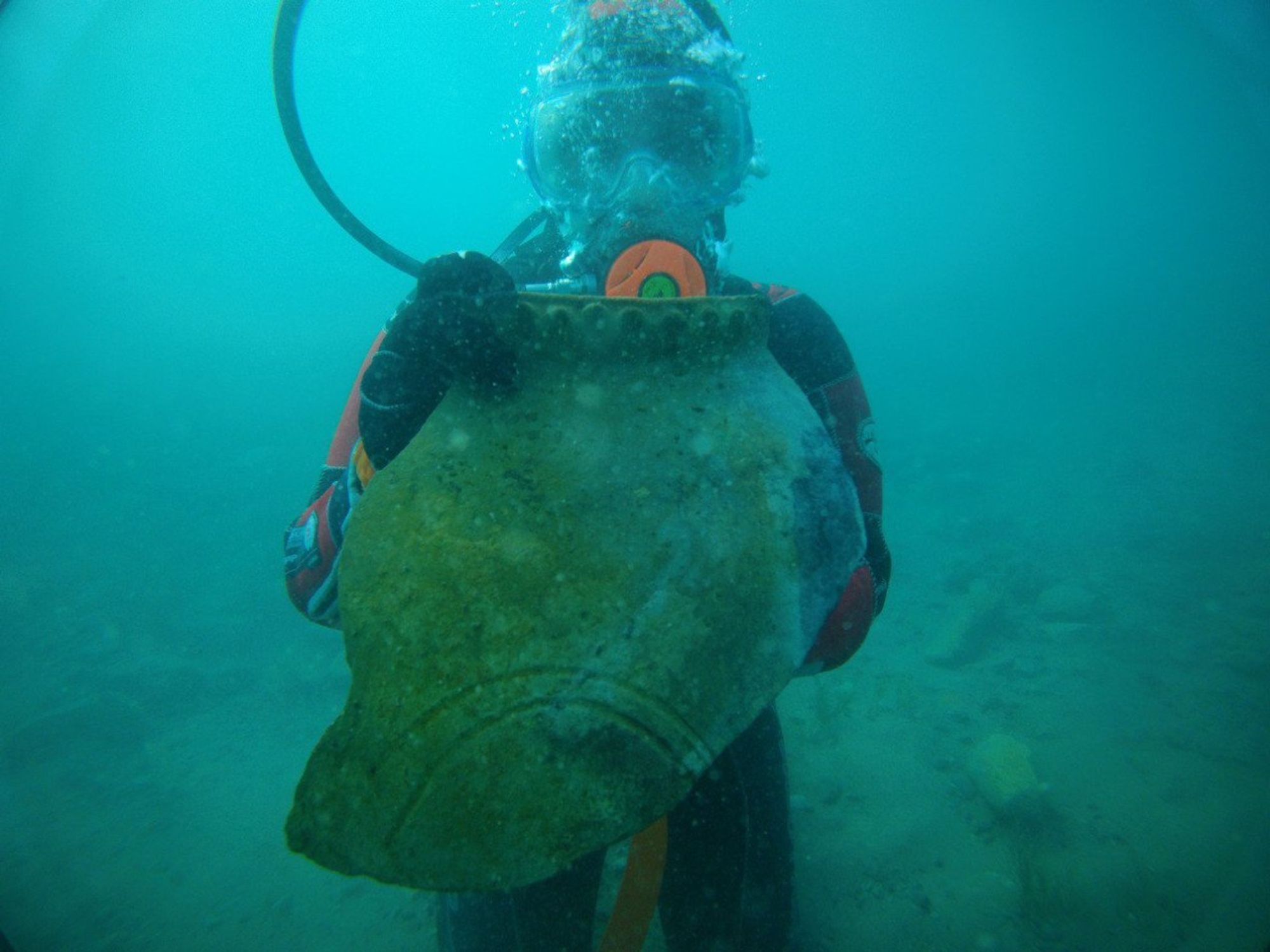Intricately decorated spears linked to 1,000-year-old 'elite warrior culture' discovered in lake
The four weapons are part of a larger cache of over 200 which have been discovered in the area
Don't Miss
Most Read
A number of intricately decorated spears linked to a 1,000-year-old "elite warrior culture" have been discovered in a lake in Poland.
The four weapons were found by archaeologists from the Nicolaus Copernicus University in the waters surrounding Ostrow Lednicki, an island in the south of Lake Lednica.
The island, often described as the cradle of the early Piast state, is one of the most important archaeological and historical sites in Poland.
In the 10th century, under the rules of the first kings of Poland, Mieszko I and his son Boleslaw I the Brave, the island became a fortified stronghold.
TRENDING
Stories
Videos
Your Say
Scientists from the University's Centre for Underwater Archaeology have discovered more than 200 weapons in the lake, including 145 axes, 64 spearheads and eight swords.
Now, researchers have added four more spears dating to the 10th and 11th centuries to the collection found.
The smallest of the spearheads was found with part of its ash shaft, measuring just over two metres, in tact.
According to Professor Andrzej Pydyn, the project director, only two other spears found in the lake have similar shaft fragments.

Researchers have found four spears dating to the 10th and 11th centuries in the lake
|NICOLAUS COPERNICUS UNIVERSITY
A spokesman for the University said: "The second spearhead, slender and delicate, resembles a willow leaf, a shape common throughout early medieval Europe.
"Similar examples found within the Lednica complex may indicate local production and the region's strong craftmanship traditions."
The third spearhead, which was also the longest of the group, was created using a complex welding technique which combined soft and hard steels.
A method to create a more durable weapon for the battlefield, this shows evidence of advanced metallurgical skills.
ARCHAEOLOGY BREAKTHROUGHS - READ MORE:

One of the spears was intricately decorated winged spearhead with a socket plated with gold, silver, bronze and other metals
|NICOLAUS COPERNICUS UNIVERSITY

The surface of the weapon is adorned with spirals and triskelion motifs
|NICOLAUS COPERNICUS UNIVERSITY
However, the most astonishing weapon found was a intricately decorated winged spearhead with a socket plated with gold, silver, bronze and other metals.
The surface of the weapon was also adorned with spirals and triskelion motifs, suggesting the spear was not only a weapon but also a marker of rank or ritual significance.
Dr Matusz Popek said: "There's no doubt that the weapon should be associated with the elite warrior culture of the turn of the 10th and 11th centuries.
"It's possible that the decorations served an identifying function, allowing the weapon's owner to be distinguished during ceremonies or battles, and also demonstrated prestige and high social status.
"The presence of such a high-quality object at Ostrow Lednicki further underscores the special significance of this centre, both politically and symbolically."
Professor Pydyn added: "It's possible that the arsenal gathered at the bottom of the lake is an echo of both turbulent historical events and ancient notions of water's power and sacrifice.
"It's difficult to say definitively which of these hypotheses is closer to the truth."











